Deer Hair Loss Syndrome
Deer hair loss syndrome. Common symptoms include yellow or white appearing hair or bare patches of skin. This causes yellow or white patches along their sides. Deer may be the plague of area gardeners but some local black-tailed deer are suffering so much they dont have time to nibble on the roses.
What is Deer Hair Loss Syndrome. Hemorrhagic diseases are common viral diseases of white-tailed deer. Deer with hair loss syndrome chew bite and scratch their fur off and then they get cold and use up body fat to maintain their body temperature.
Since 1997 numerous Columbian black-tailed deer Odocoileus hemionus columbianus in western Washington USA have developed a hair loss syndrome that often preceded emaciation debilitation pneumonia and death. Deer with Hair Loss Syndrome 443252 Asked March 12 2018 202 PM EDT We have a number of deer living and passing through our property in SW Polk County near Falls City. It is not uncommon to see deer missing patches of fur and there are several possible causes for this.
Big changes are coming for blacktail deer bottomfish seasons. Hair-loss syndrome isnt exactly new. In order to better characterize the condition 21 HLS-affected black-tailed deer BTD were necropsied and body condition parasite burdens and significant lesions were noted.
Hair Loss Syndrome caused by exotic lice Hair loss syndromeHLS of black-tailed deer was first described in Washington in 1995. Bill Wagner The Daily News By Allen Thomas The Vancouver Columbian Hair-loss. That makes them very susceptible to other conditions knocking them off especially fawns as they have a weaker immune system than adults.
Wildlife infected with mange mites will have hair loss and may be observed spending increased time scratching at their skin. A widespread hair-loss syndrome HLS has affected Columbian black-tailed deer Odocoileus hemionus columbianus in western Oregon and Washington USA since 1996. The normal hosts of this louse are non-native deer and.
Disease deer hair loss syndrome and habitat losses due to changes in land management practices are the primary factors behind shrinking blacktail herds Thornton said. Normally affecting the European and Asian deer the black-tailed deer have become infested and tend to develop a hypersensitivity reaction to the lice.
That makes them very susceptible to other conditions knocking them off especially fawns as they have a weaker immune system than adults.
Deer infested with lice oftentimes do not exhibit any visible signs but some may have a coat that is patchy in appearance with thinning hair or complete hair loss in patches. Normally affecting the European and Asian deer the black-tailed deer have become infested and tend to develop a hypersensitivity reaction to the lice. Hair Loss Syndrome caused by exotic lice Hair loss syndromeHLS of black-tailed deer was first described in Washington in 1995. This causes yellow or white patches along their sides. It has been documented in Columbian black-tailed deer in western Oregon and Washington since 1996. What causes hair loss in deer. These deer were found near Svensen Ore. Frequently with sarcoptic mange a secondary bacterial infection will develop and the skin will become crusty with scabs. Deer-hair loss syndrome occurs on both sides of the Columbia River.
Hemorrhagic diseases are common viral diseases of white-tailed deer. Deer may be the plague of area gardeners but some local black-tailed deer are suffering so much they dont have time to nibble on the roses. Bill Wagner The Daily News By Allen Thomas The Vancouver Columbian Hair-loss. Common symptoms include yellow or white appearing hair or bare patches of skin. Wildlife infected with mange mites will have hair loss and may be observed spending increased time scratching at their skin. The condition is caused by a heavy infestation with a Eurasian louse of poorly defined taxonomic status in the genus Damalinia Cervicola sp. It has been documented in Columbian black-tailed deer in western Oregon and Washington since 1996.
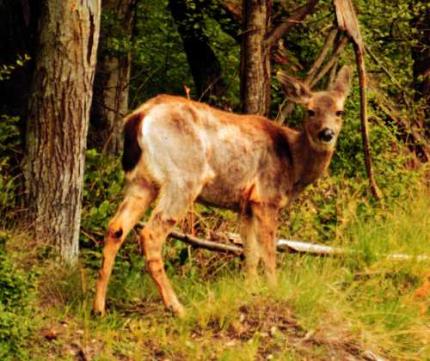


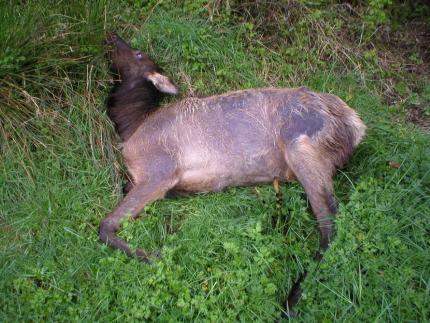


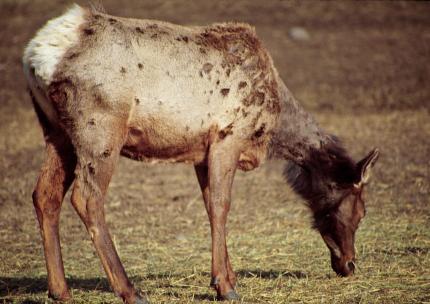
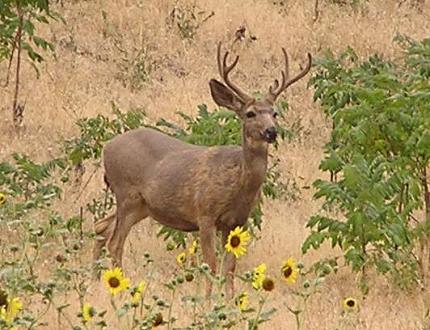

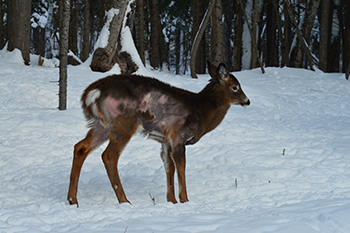
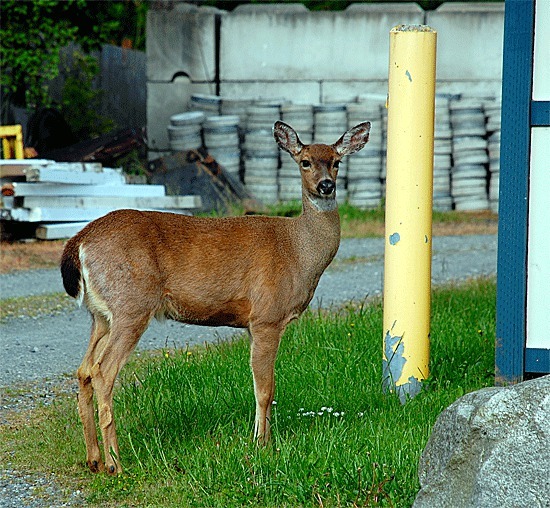

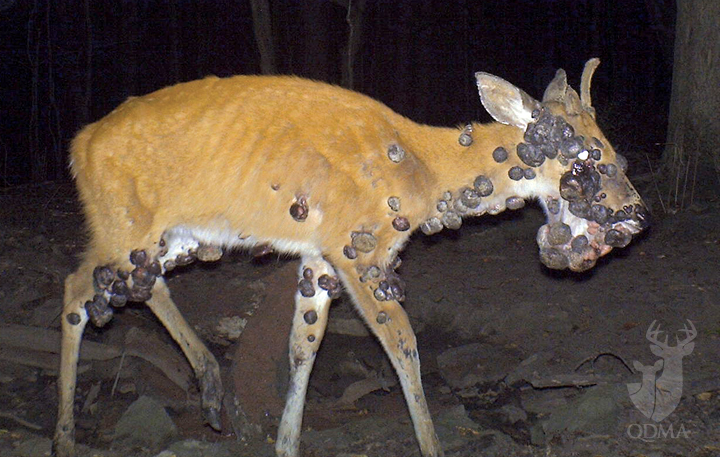

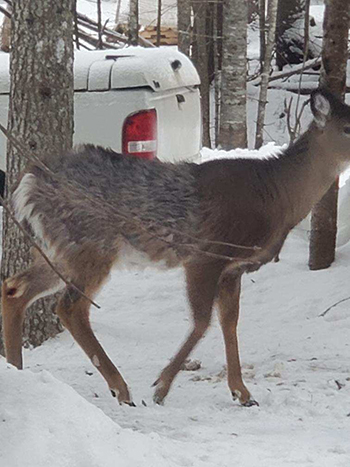

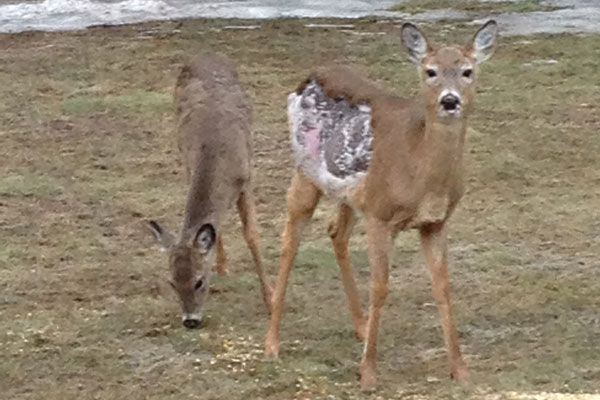


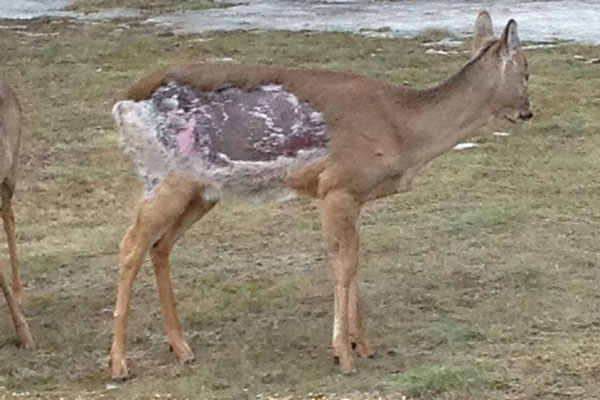









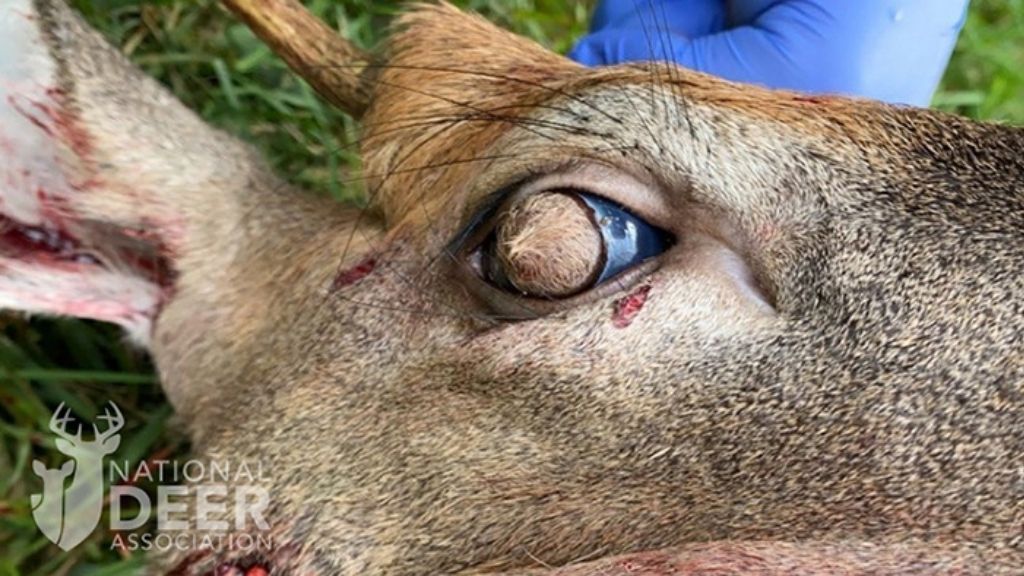




Post a Comment for "Deer Hair Loss Syndrome"